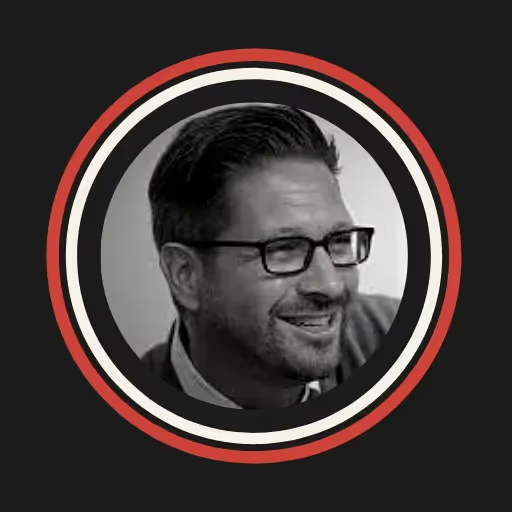Episode Outline
[04:39] Sean’s background
[07:16] Operational issues and then the other one had to do with just the fundamental shift
[10:13] Reason these companies were failing, had more to do with people and the behaviors of the people
[11:18] Realize that affiliation with a company who's been successful in that industry
[12:04] Hiring and supporting and developing and growing other humans
[14:34] If you think about things from a red, yellow, green perspective, you put people in a stoplight bucket
[16:35] Best fit based on their characteristics and attributes because the majority of the Academy students are adult learners. The true character of a person is not how you act in this life, but how you react.
[17:04] If you don't like something, you already know it. It's probably not going to continue to enjoy it.
[19:22] There's social responsibility, corporate responsibility, environmental responsibility, and personal responsibility.
[20:19] Starting over with the concept of what problems do my customers have right now that can really solve, and growth mindset is going to be more important.
Sean's Inspirations:
His father
His wife
Connect with Sean:












